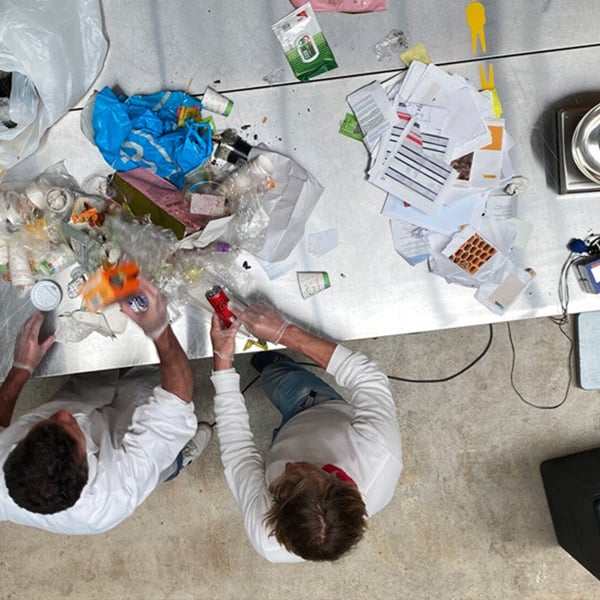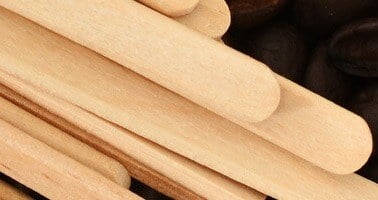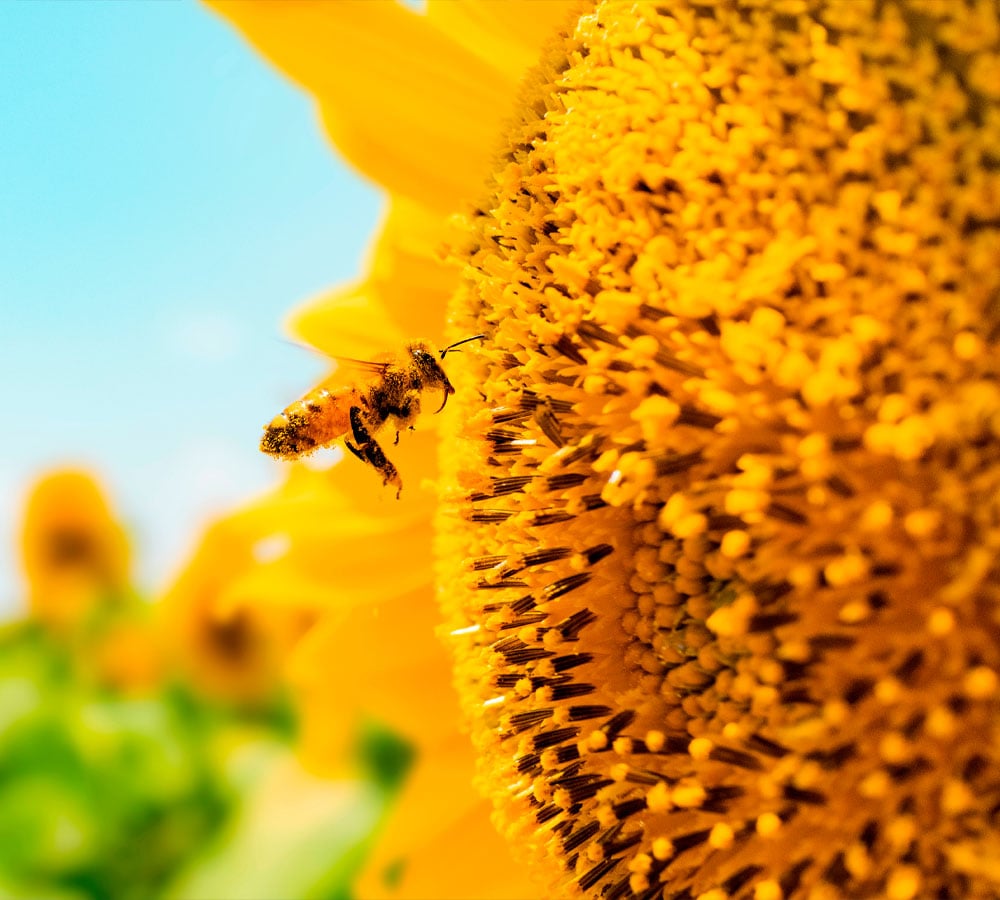You probably know the drill: in the middle of a note, your pen quits. But where do you actually leave a used ballpoint pen? In the recycle bin? Or are there other options?
In this blog, our experts take a closer look at the waste stream. What is a ballpoint pen made of? What are the recycling options for empty ballpoint pens? And are there more sustainable alternatives?
From quill to pen
Did you know that this everyday utensil has a long history? Thousands of years ago, Egyptians used reed pens to write on papyrus: a type of paper made from compressed strips from the stem of the papyrus plant. The reed pen itself consisted of a hollow stem with a cut tip. By dipping it in ink, you could write a few words. Then you had to dip it into the ink again.
you could write a few words. Then you had to dip it into the ink again.
In the Middle Ages, the quill entered the picture, followed later by the fountain pen with built-in ink reservoir. The real breakthrough followed in 1938, when the Hungarian journalist László Bíró developed the ballpoint pen: a pen with a small ball at the tip to apply the ink to paper in a controlled manner. An invention that was embraced worldwide and is still widely used today.
One small pen, one large waste stream
Annually, it is estimated that about 30 billion pens are used worldwide. That translates to an average of 4 to 5 pens per person, per year. If we translate that to the Netherlands, it is about 75 million ballpoint pens that are used and thrown away every year.
What exactly is a pen made of?
A pen consists of different materials, all of which influence the recycling possibilities. Our experts list the most important parts for you.
The casing
The outside of the pen is usually made of polypropylene or polystyrene. These are lightweight, strong plastics that are easily formed into a mold - in this case, the pen's casing. Polypropylene is extra lightweight and therefore particularly suitable for pens.
lightweight, strong plastics that are easily formed into a mold - in this case, the pen's casing. Polypropylene is extra lightweight and therefore particularly suitable for pens.
The ink reservoir
Inside the pen is the ink reservoir: a narrow, transparent plastic tube. The ink it contains is a paste-like substance composed of:
- Dyes: these provide the recognizable blue, black or red color of ink.
- Solvents: these keep the ink fluid and make it flow well when writing. Organic solvents, such as alcohols or glycol ethers, are often used for this purpose.
- Fatty acidsand resins: these make the ink stick to the paper and dry quickly.
The writing tip (ball mechanism)
The tip of the pen consists of a small metal holder containing a ball, usually made of steel or tungsten carbide - a wear-resistant metal. While writing, this ball rotates and drags the ink from the reservoir onto the paper.
Clip or cap
Many pens have a clip to attach the pen to a notebook, and/or a cap that protects the tip. These parts are often made of the same material as the ferrule - polypropylene or polystyrene.
Push-button
With click pens, there is a push button on top of the pen that allows you to slide the writing tip in and out. Inside is often a small metal spring that keeps the mechanism moving smoothly. This spring is often made of stainless steel (SS) or spring steel - a specific type of steel that is extra elastic and designed to bend repeatedly without deformation.
Glue or fusible link
Many parts of a pen are bolted, glued, or thermally bonded; the latter means joined together by heat. This makes the pen sturdy, but also difficult to recycle. The parts cannot be detached without breaking, making material recycling difficult.
An empty ballpoint pen: where do you throw it away?
In the residual waste. This is due to the variety of materials that are difficult to separate. Think of a plastic sleeve, a metal ball tip, a spring of spring steel, a reservoir of ink. Those parts are so fused together that they cannot be separated in processing. Also involved is the ink, a mixture of dyes, solvents, fatty acids and resins. Recycling plants are not set up to handle this combination.
However, there are some international, specialized companies that are working hard to recycle "tricky" streams. For example, the international company TerraCycle. For pens, they offer a collection box that allows you to have pens, and other typical "office waste," collected.
What are sustainable alternatives to pens?
A pen is often thrown away as soon as the ink runs out. A shame, because usually only the refill is empty - while the barrel itself is still perfectly usable. With a refillable pen, you can avoid that. These pens consist of a fixed sleeve and a separate ink refill that you simply replace. Ideal for the office.
In addition to refillable models, there are other sustainable alternatives:
- Pens made from recycled materials: Many manufacturers offer pens made from recycled plastic, cardboard or even old packaging. An example of this is GreenGiving. These pens are made from plastic bottles, milk cartons or even coffee grounds.
- Wooden pens: Pens made of wood often contain less plastic than standard ballpoint pens. The casing is made of FSC-certified wood. Often, wooden pens do not have a clip or push-button. This makes the pen easier to construct.
Still, even this pen consists of multiple materials. Think of the ink refill and metal writing tip. Thus, its recycling is as difficult as with the pen made of plastic. As a result, the wooden pen - like regular ballpoint pens - belongs in the residual waste.
However, the difference is in the composition: by choosing wood instead of plastic, you reduce the environmental impact during production and processing. This makes the wooden pen a more sustainable alternative to plastic ballpoint pens.
As an organization, how do you reduce the waste stream of pens?
Although empty pens eventually end up in residual waste - due to the combination of materials and ink residue - you can still make an impact with alternatives. Think refillable models, pens made from recycled materials, or a pen made from wood.
Working digitally also contributes to less pen waste. By taking notes on a laptop or tablet, you avoid unnecessary consumption and can easily find information later.

Ask our experts
Not sure if certain items in your office are unnecessarily ending up in residual waste? Our experts are happy to help. Send your question to marketing@milgro.nl and we’ll get back to you with a solution for your residual stream.
Stay informed
Want to stay up to date with the latest developments? Follow us on LinkedIn and Instagram or subscribe to our newsletter. Curious about what Milgro can do for your operations and waste process? Feel free to get in touch .
Read also

Zero Waste office: kantoorstoelen












